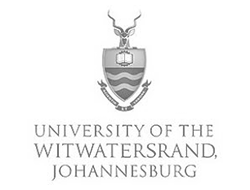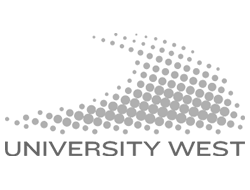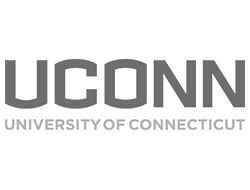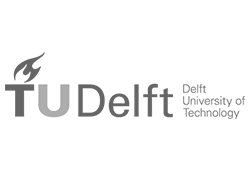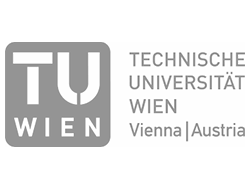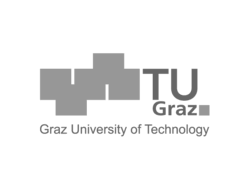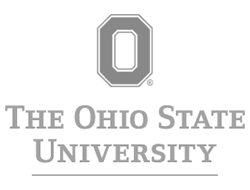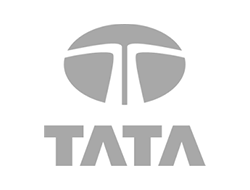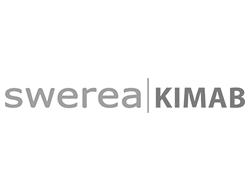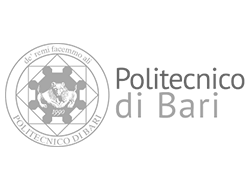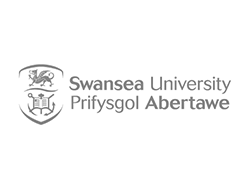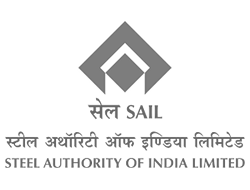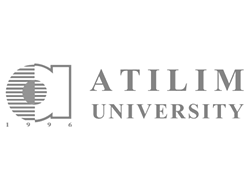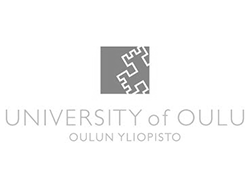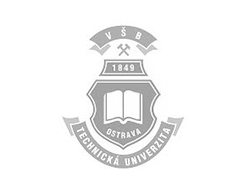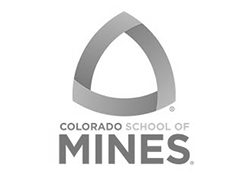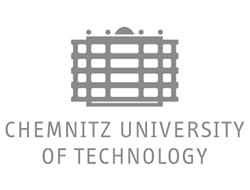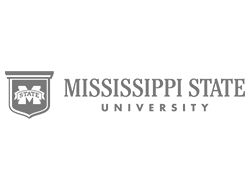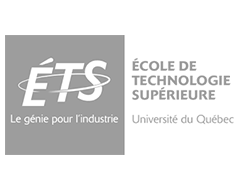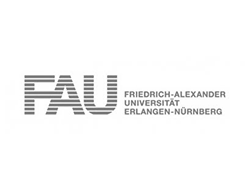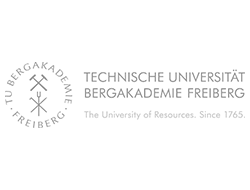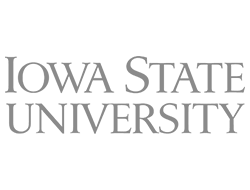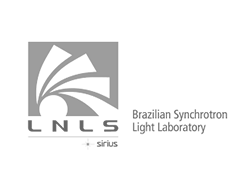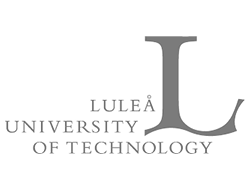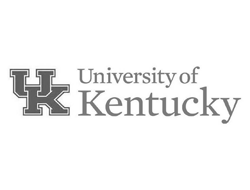Defining Character: The Gleeble at Alcoa
Richard P. Martukanitz, staff engineer, and his associates at the ALCOA Technical Center in Pennsylvania, are faced with a formidable challenge: to characterize the new advanced materials being developed by ALCOA before they are introduced to the people who will use them. Martukanitz says, "Our customers want to know how a material will behave when they are joining, forming, finishing, or machining it. It's our job to give them accurate answers relating to product manufacturing technology."
Fortunately, he and his colleagues have a formidable ally in their efforts to define the character of new materials: a Gleeble 1500 equipped with a vacuum chamber, an optional load transducer, and a data acquisition system. Installed three years ago, the Gleeble has become an integral part of materials characterization efforts at the ALCOA Technical Center. Martukanitz credits the high level of technical support provided by Dynamic Systems as a contributing factor in the success of the Gleeble at ALCOA.
Recently, the ALCOA team used the Gleeble to define the elevated temperature properties of aluminum-iron-cerium alloys. Developed for their light weight and strength at 700-800°F, these powder metallurgy alloys may find use in the National Aerospace Plane (NASP) and ordnance applications (some of the work was done at the request of an Israeli defense contractor). The question: what is the elevated temperature strength of these materials after rapid heating?
Using the Gleeble, samples were heated to 600, 700, and 800°F in 3-5 seconds, held at the target temperature for 5 seconds, and then tested mechanically. With this test regimen, the ALCOA team was able to accurately measure the tensile strength and yield strength of the aluminum-iron-cerium alloys.
Another project involved using the Gleeble to measure the crack sensitivity of certain aluminum alloys during casting. "Our interest in the answer was more than technical," Martukanitz says, "because crack sensitivity affects the pricing of the material."
The objective was to quantitatively differentiate crack sensitivity among a group of alloys. The testing routine involved heating samples on the Gleeble to their nil strength temperatures (between 1100 and 1200°F), reducing the temperature in 100 increments, and then pulling the samples until failure.
By measuring the necked area of each sample and plotting it against the temperature at which failure was induced, the ALCOA researchers were able to build up a profile of temperature vs. ductility for each alloy.
An analysis of these results revealed that the shape of the ductility profile can vary widely, depending upon the constituents of the alloys. As a result of this testing program, ALCOA now has a better handle on how to reduce crack sensitivity during casting through control of alloy composition and processing temperatures.
The Gleeble was also invaluable for research at the ALCOA Technical Center involving diffusion bonding of titanium-aluminide materials and forming of aluminum-lithium alloys.
Titanium aluminide is a new material that may find application in advanced aircraft components. Diffusion bonding will be used to join assemblies, and the team at ALCOA built a special set of jaws designed to permit diffusion bonding of lapped samples on the Gleeble. The Gleeble is then used for testing the sheer strength of the resultant bond.
"The Gleeble was ideal for this work because of its highly accurate control and measurement of temperature, time, and force," Martukanitz says, adding: "The Gleeble is a very powerful machine, and it takes a good operator and imagination to use it to its utmost."
The work with ALCOA's aluminum-lithium alloy 2090 had an esthetic twist to it. Commercial aircraft manufacturers found that the process of forming aluminum-lithium sheets to create the skin of the aircraft occasionally produced Luder's bands, or "Ludering" — a kind of metallurgical equivalent of stretch marks that appears at intervals in the metal. While Ludering is structurally insignificant, it can be an unsightly nuisance, particularly since, to save weight, many aircraft are no longer painted. The aircraft builders asked Martukanitz and his colleagues to find a way to prevent the bands from occurring.
Using the Gleeble, the ALCOA researchers stretched samples of the alloy and accurately plotted load and strain vs. time. The data they obtained was used to alter the fabricating procedures and change the processing temperatures. As a result, the occurrence of Luder's bands during forming of 2090 has been greatly reduced.
Martukanitz says, "Having the Gleeble has allowed us to expand the scope our work, and the Gleeble makes it easier to obtain results with greater accuracy and precision. Right now, it looks like we'll be keeping the Gleeble busy."
This article first appeared in the Gleeble® Newsletter — Fall 1988.




